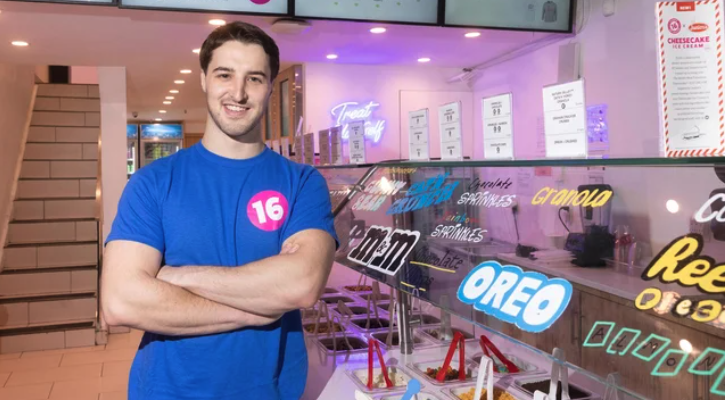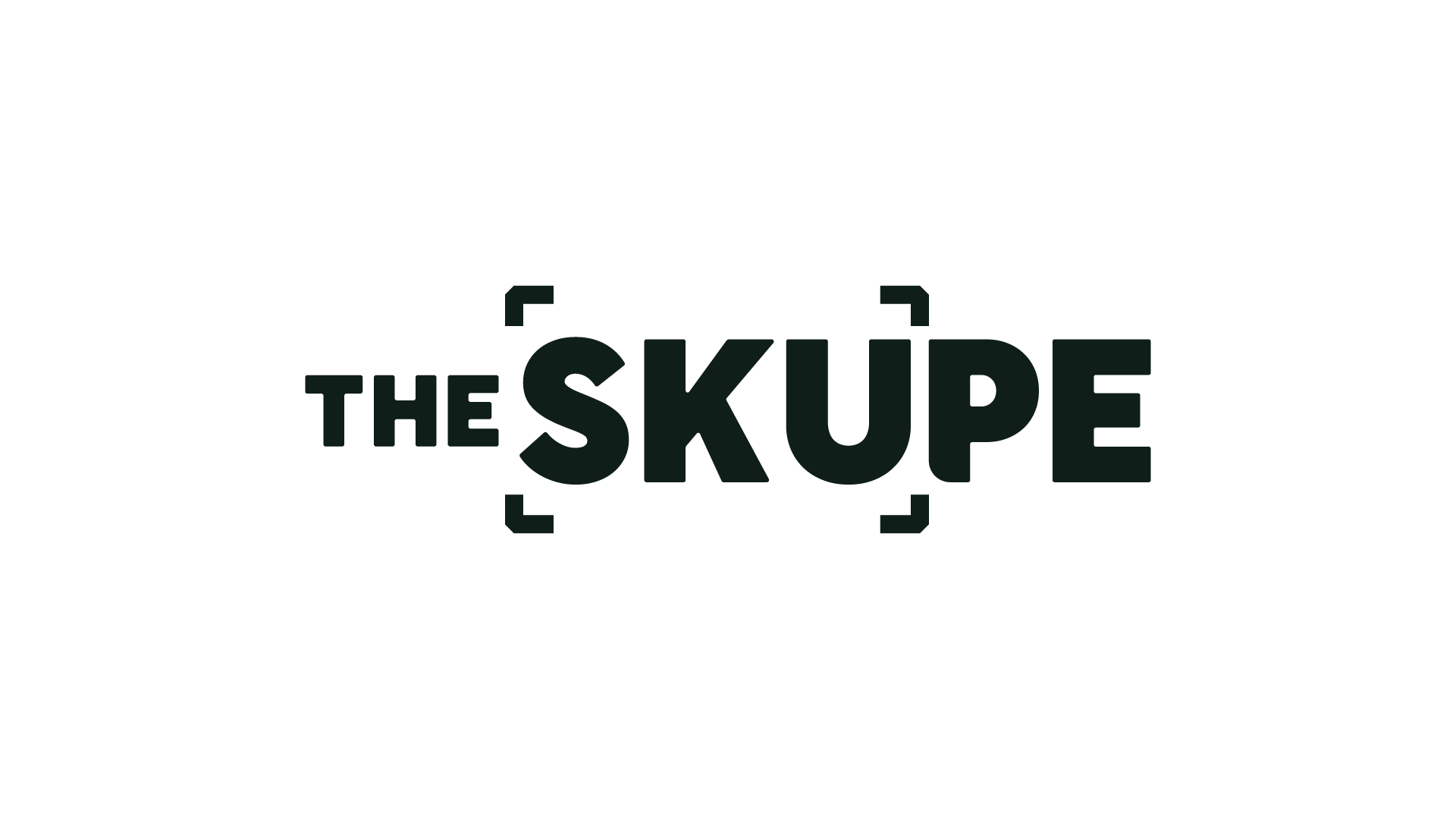You’re losing more than you think
Plus: Tips to better communicate with customers | UGC to help your bottom line

Think about shrink. Often it refers to retail loss in the form of stolen merchandise, but store owners should also look at it in terms of missed opportunities on the sales floor or at the register.
We’ll also get into user-generated content, what it means, and how it can help your bottom line. And we look at how tariffs are affecting holiday shopping and prices at Walmart. This week, we sit down with speaking coach Nora Murray, who shares tips on how to be a better communicator.
But first, let's take a look at some of the dangerous products being sold by online retailers Shein and Temu.
Let’s get started.

Stars vs. numbers: Consumers see these rating systems differently.
That’s money. CashApp taps Timothée Chalamet for social media campaign.
The tariff effect: Which Walmart items are more expensive now.
Sliding into DMs: One San Francisco landlord is attracting local retail tenants by hitting them up on social through direct messaging.
Made in the U.S.A.: The Small Business Administration and Department of Labor join forces to supercharge American manufacturing.

Communicate better: Advice from a speaking coach
Nora Murray has done just about everything in the communications industry—from TV news anchor to speechwriter to advertising and public relations executive. As the founder of Soundbite Communications, she works with top executives to help them communicate clearly and confidently: on camera, in the boardroom, or in the media.
While her clients are often major retail leaders, her advice applies just as powerfully to small and mid-size retail owners looking to connect with customers or grow their presence on social media.
Says Murray, “For me, there’s nothing better than teaching an executive, who may be brilliant in their field but struggling to speak with confidence, that excellent communication is a skill that can be learned and perfected.” — Marcy Medina
If a retailer wants to break through the "noise" and craft a public persona, do they need to appear in traditional media and on social media?
With social media, you can go directly to your target audience, so why bother trying to get a reporter to write about you? Remember that news outlets are widely referenced by other reputable sources and appear high in traditional SEO results that prioritize authority. News outlets also broadcast their content over their own social media channels. So while it’s important to build your brand on social media, you must also talk to reporters about what you are doing and why their audience would find it interesting. It’s your chance to shine, so make sure you’re prepared by anticipating any challenging questions, having interesting anecdotes at the ready and staying on message.
What are three things a retailer can do now to improve how they speak in public and on camera?
A shift in your mindset is the first step toward becoming an excellent communicator. Lose the pretense, big words, jargon. Those are all driven by your ego. The ego also shows up in the form of sweaty palms, anxiety and that inner voice saying, “What do they think of me?” Kick your ego out of the room and use this mantra: “It’s not about me, it’s about them (your audience)."
Second, think deeply about your audience and speak directly to them as if you are reading their minds. They will be wowed when you say the quiet parts out loud (their hopes, dreams, fears), and that is the first step to creating loyal brand ambassadors.
Third, take a page from TV broadcasters and speechwriters. We are taught that the human brain craves simplicity when listening, so we write and speak at a 6th grade reading level. Simplify your words. Your audience will be able to relax, listen and easily comprehend your message, and their tired brains will thank you.
Who can benefit from coaching and why?
I joke that my company’s tagline should be, “If words are coming out of your mouth, I can help.” Everyone needs to know what I call the "Art & Science of the Spoken Word." This is how you forge deep connections with your audience, be it one customer or 1,000 people watching a TikTok. Perhaps even more important, are you connecting with your own team or your board of directors?
All my clients are high achievers. They try to “sound smart” by using long sentences, big words and lots of jargon. One CEO insisted that jargon lets everyone know she belongs in the room. I gently told her, “No, it leaves everyone thinking, ‘I have no idea what she just said.’” Communication is not just the act of speaking, it is ensuring that your audience comprehends the message.

What is UGC and how can it boost your bottom line?
User-generated content, or UGC, is any type of content (text, video, images, reviews, blog posts or social media posts) that is generated by an individual person, not a business or AI. Think of UGC creators like fledgling influencers. Typically, UGC creators receive product, not money, in exchange for a post. It’s considered more trustworthy and authentic by potential customers and it’s more cost-effective. It also encourages customers to engage, which builds community.
Why this matters: Think about product reviews with photos. This type of UGC can help reduce returns by allowing potential customers to see how a color or style looks on someone similar to them. It can also highlight issues that a brand may need to fix. For a launch or promotion, consider offering free product to customers in exchange for a post or review. (Glossy)
Hide and Shrink: Unpacking total retail loss
“Shrink” means more than organized retail crime (ORC) and theft. Multiple layers make up how your organization could be losing product. This could be missing merchandise and missing opportunities on the sales floor, at the register, in the back room, in transit, in the boardroom/HQ and in the court of public opinion. The latter is one of the most commonly overlooked drivers of loss. Out-of-stock items can disappoint customers and lead to loss of loyalty. The solution includes gathering accurate data across departments, adding RIFD tags to merchandise at its source and using video surveillance.
Why this matters: Take a proactive approach to continuous improvement. Ask yourself: Are employees forgetting to scan items? If so, invest in training. Are shipping delays preventing customers from picking up orders? Reassess your relationship with those vendors. Are customers abandoning their carts? Refine labor allocation to reduce wait times. (Retail Customer Experience)

Smaller selection, bigger prices: tariffs affect holiday shopping
Why more Black Americans are boycotting big-box stores
Is CX in danger of becoming corporate theater?
The best way to respond to shoppers’ tariff sticker shock
Invite wars: Paperless Post vs. Partiful vs. group text

From customer to franchise owner to CEO: Top 3 takeaways
Neil Hershman was a fan of 16 Handles frozen yogurt before he ever dreamed of becoming CEO. He started working behind the counter as a side hustle, then took over one franchise, and started building more during Covid when leases were cheap. In 2022, he acquired the brand and has taken the New York chain nationwide, from 30 locations to 150. His takeaways? Obsess over the customer experience, build loyalty at every turn and see your business through the eyes of a customer.
“Who knows the brand better and believes in the brand more than people who have been successful with the brand? Somebody who's got 13 years of running a store open to close and knows customer interactions and [what] customers want, and how to make the best bang for your buck on this business." –Neil Hershman, CEO, 16 Handles
Why this matters: Hershman was a customer first, then an employee, both important perspectives to have when leading a company. He paid close attention to reviews, both good and bad, as opportunities to grow the business. He found success through offering a consistent experience peppered with special experiences like offbeat flavors that spiked sales. (Entrepreneur)

Snapchat has lowest cost, highest return for e-comm advertisers
Snapchat commissioned a Triple Whale study of 20,000 advertisers with a $3B ad spend, and the findings show that the social platform achieved a 7.5% return on ad spend (ROAS) improvement while most other platforms declined. Snapchat also had the lowest cost per ad (CPA) of all platforms. The research also showed that average order value (AOV) continues to climb across all platforms, and that 92% of daily Snapchatters include their friends in their shopping activities, and more than half send messages/pictures while shopping. Apparel advertisers maintained the highest ROAS, which is good news for scaling DTC brands.
Why this matters: Apparel brands in particular excel at visual storytelling to drive conversions, and 77% of Snapchatters agree that visual search helps find apparel items faster and easier, and over 80% say that social media is the primary way to keep up with fashion trends. So if you’re considering on advertising on social media, better Snap to it. (Snapchat)

Thanks for reading this week's edition!
You can reach the newsletter team at theskupe@mynewsletter.co. We enjoy hearing from you.
Interested in advertising? Email us at newslettersales@mvfglobal.com
The SKUpe is curated and written by Marcy Medina and edited by Bianca Prieto.





Comments ()